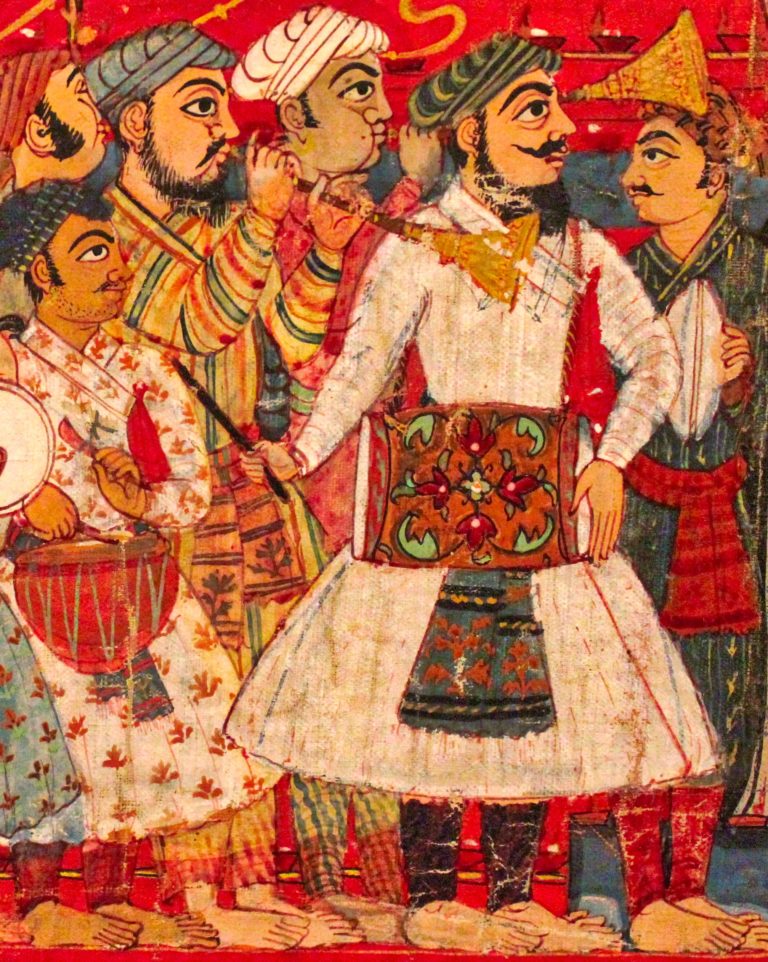mardi 24 novembre 2020
par Richard Widdess, Professeur de musicologie, SOAS University, Londres.
The Kathmandu Valley, Nepal, is renowned for its rich artistic and architectural heritage, produced over a period of two millennia under the patronage of local rulers and religious institutions. This visual and built heritage is renowned throughout the world, visited by international tourists and celebrated in international museums, galleries and scholarly publications. Music (including song, instrumental music and dance) was also part of this cultural heritage, and is still an integral, if imperiled, part of daily life and ritual in the towns and villages of the region. Owing to the evanescent nature of sound, it is harder to reconstruct the history of musical than artistic heritage. But music’s presence is often recorded in paintings, sculptures and texts that allow us to see instruments, players, and contexts, and to infer the sounds, functions and meanings of past music and its performers. Such records also testify to musical Exchange with other parts of South Asia.
The presentation will introduce selected sources for musical history in the Kathmandu Valley, including a pair of rāgamālā painting sets created for Jagajjyoti Malla, king of Bhaktapur 1614–37, and a magnificent cloth painting of a tulādāna ritual performed by Pratap Malla of Kathmandu in 1664. The sources will be related to present-day musical traditions of the region, contrasting the lavish court patronage of the past with today’s increasingly endangered community-level engagement.

